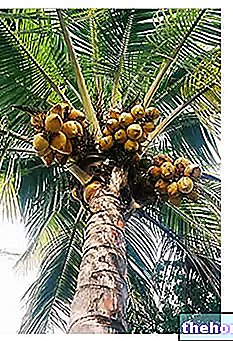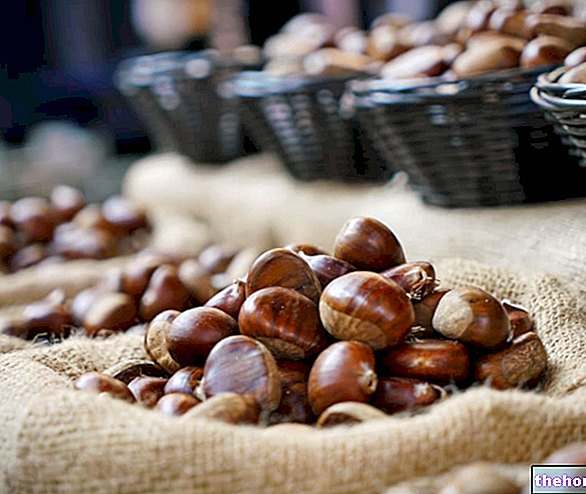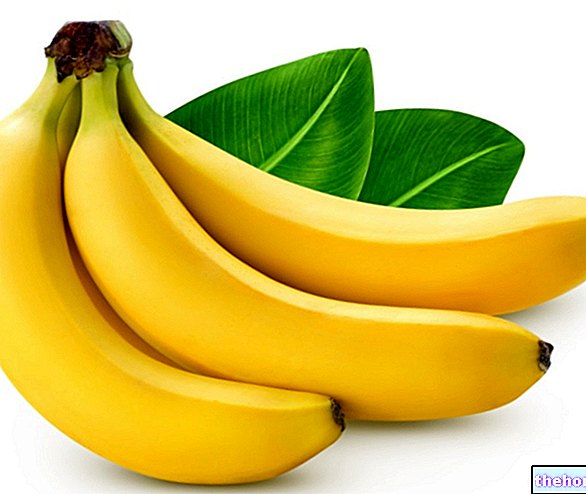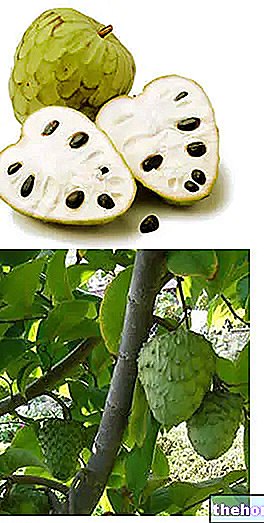For many diabetics, the reduction in fruit consumption is a limitation experienced as a severe food deprivation and restriction.

Diabetics, especially those with type 2 diabetes mellitus, need more accurate blood glucose control than healthy people. To this end, the nutrition professional who manages the diabetic's habits must be able to "fit" all the foods most consumed by the subject, optimizing both portions and frequency of consumption; fruit is no exception!
For glycemic control, it is essential that diabetics pay attention not to exceed the glycemic load, limiting the portions of foods with a high carbohydrate density; among these: pasta, bread, fruit and some vegetables. Obviously, analyzing the nutritional characteristics of these products it is clear that the derivatives of cereals are more difficult to manage, and by comparison, fruit and vegetables appear less problematic. This could be a mistake! For clinicians this is certainly not new, but it should be specified that dysmetabolic diabetics often have food habits that are absolutely out of the ordinary; it is not uncommon to come across portions of potatoes, carrots and peppers that reach 400g, associated with a daily consumption of fruit that can reach 1000g / day. Furthermore, the quantity of carbohydrates introduced with these foods should be added to that deriving from cereals, in which case, hyperglycemia is inevitable.
To prevent diabetics from reaching high blood glucose levels, but without depriving them of fruit and some vegetables, it is necessary to reduce the frequency of consumption as well as the portions of all the foods mentioned above.
Grains and refined derivatives must be reduced and can be replaced by whole foods or better by legumes, as well as fruit with a high glycemic index and load must be replaced (even if not entirely) by foods of the same category but less hyperglycemic. ; the same goes for vegetables.
Fruit (like vegetables, with the exception of potatoes) contains both fructose and dietary fiber; soluble fiber reduces the absorption rate of nutrients and fructose needs to be converted into glucose. Both of these two characteristics give fruit a good glycemic index, but does this apply to ALL fruit? We see…





-propriet-nutrizionali.jpg)






















